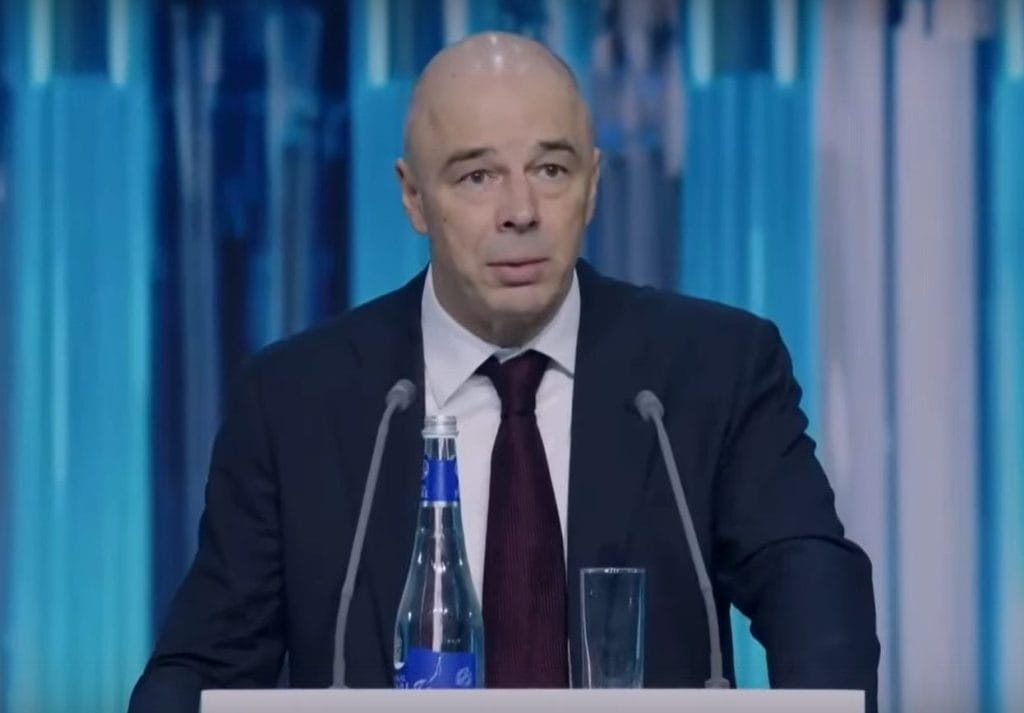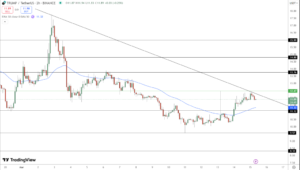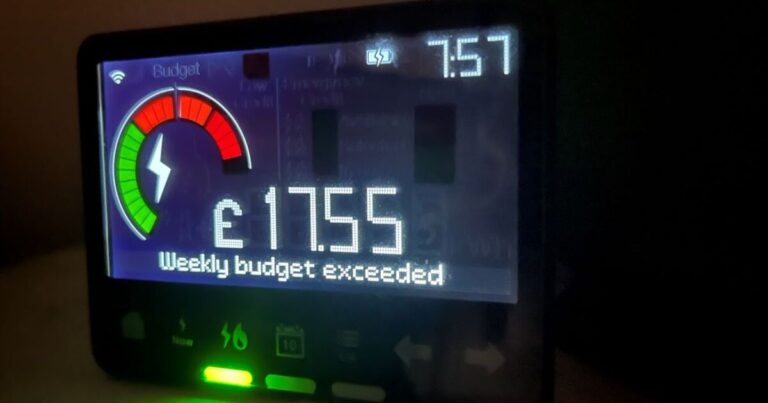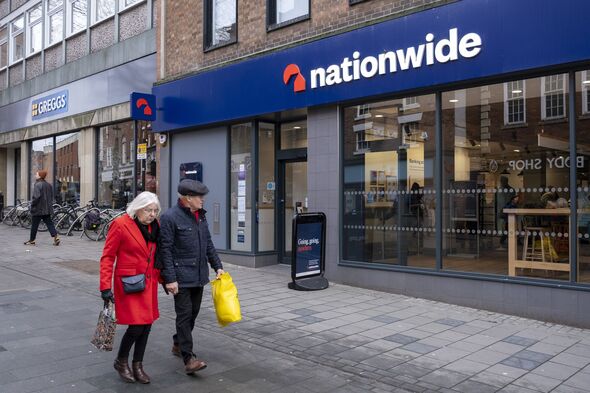Last updated:
 Why Trust Cryptonews
Why Trust Cryptonews

The Russian government is reportedly keen on issuing digital ruble benefits payments, but experts think major adoption hurdles may yet hamper Moscow’s CBDC launch.
The report was published by the newspaper Rossiyskaya Gazeta. The newspaper claimed that the nation’s Central Bank, the Federal Treasury, and the Ministry of Finance were “discussing” making “social payments using the digital ruble.”
Digital Ruble Benefits – Pilot Beginning in August?
This follows reports in Russia that the trio “successfully” tested the digital ruble in “budgetary operations” behind closed doors “at the end of 2024.”

The bank has committed to rolling out the CBDC sometime this year, despite pushback from the nation’s commercial banking sector.
The ministry is thought to be especially keen to use the CBDC to make welfare payments. The department thinks the move may help reduce benefits fraud and boost efficiency.
However, the media outlet reported that the Central Bank still “sees [the coin] primarily as a means of payment.”
Ministry’s Move
The Central Bank has claimed that peer-to-peer transfers between individuals will be commission-free.
Businesses, meanwhile, will pay lower commission fees with the CBDC transactions than is the case with conventional bank transfers.
Regardless, Finance Minister Anton Siluanov has stated that “in the future, the digital ruble may have more important functions.”
“We are in constant discussions with the Central Bank on the development of the digital ruble. It will be a reliable instrument, especially for cross-border payments. But what is the state’s interest in the digital ruble? [The answer is] traceability. It is important for us to be able to use smart contracts with the digital ruble. That will help with traceability and [ensuring people do not mispend funds]. We are working on this project with the Central Bank.”
Russian Finance Minister Anton Siluanov
The newspaper quoted the Central Bank’s press service as stating that a general rollout would not take place “before the second half of 2025.” The bank said:
“We are currently still in the pilot phase. We have 15 banks working with us, including the largest ones in the country. For now, only a small group of their clients are allowed to make transactions with the digital ruble.”
Digital RUB ‘Roadmap’ – August 25 a Key Date?
But the news agency Interfax wrote on February 5 that the government has a “roadmap” for “using the digital ruble in budgetary operations.”
This roadmap reportedly mentions August 25. It allegedly claims this is the day the Central Bank and the Federal Treasury “plan to start the experimental use of digital ruble to pay social benefits.”
The same roadmap reportedly notes that on the same day, the parties want to also start piloting CBDC “spending on capital construction.”
Interfax’s source also said that “pilots” whereby the digital RUB is used to “pay stipends and fines” are “already underway.”
Rossiyskaya Gazeta quoted the Central Bank and the Ministry of Finance as refusing to confirm or deny the existence of the “roadmap.”

Coin Uses DLT Technology
The Central Bank says that the digital ruble uses distributed ledger technology. It also claims that individuals will be free to choose if they wish to receive welfare and other payments in CBDC or cash.
Veniamin Kaganov, the CEO of the Association for the Development of Financial Literacy, told Rossiyskaya Gazeta that “for the budget,” it was “important that public money is spent strictly on what it was intended for.” He explained:
“For example, adults should not buy alcohol and cigarettes for themselves using child benefits. With the digital ruble, this will become a reality.”
These comments echo Siluanov’s previous sentiments. The Finance Minister has called for the Central Bank to color-code or “mark” certain digital ruble tokens to ensure benefit payments are not “abused.”
Experts Issue Warnings
Timur Aitov, the Chairman of the Financial Market Security Commission of the Council of the Chamber of Commerce and Industry, suggested the minister’s plans are still in place. He said:
“The Central Bank will indeed be able to monitor the movement of digital rubles both individually and in groups. Technically, it is possible to apply a certain group feature to them, or, in other words, color them. This will prevent people from spending child benefits or other social payments inappropriately.”
But Aitov warned that Moscow may need to heed lessons from the “Soviet era.” He said that, in the days of the USSR, cash “with which one could buy anything goods, coexisted with non-cash rubles.”
“People were only allowed to spend non-cash rubles according to their intended purpose. They could only buy a strictly regulated list of goods with them. As a result, non-cash rubles had an unofficially value that was much lower than cash.”
Timur Aitov, Chairman of the Financial Market Security Commission of the Council of the Chamber of Commerce and Industry
Kaganov, meanwhile, claimed that “abolishing cash” is not on Moscow’s “agenda.” He concluded:
“Things may change when the payment infrastructure becomes so developed that people no longer want to carry wallets full of paper banknotes. But Russia is big. Not every village has internet access. Not everyone uses a smartphone. So I do not think this is something that will happen soon.”





















